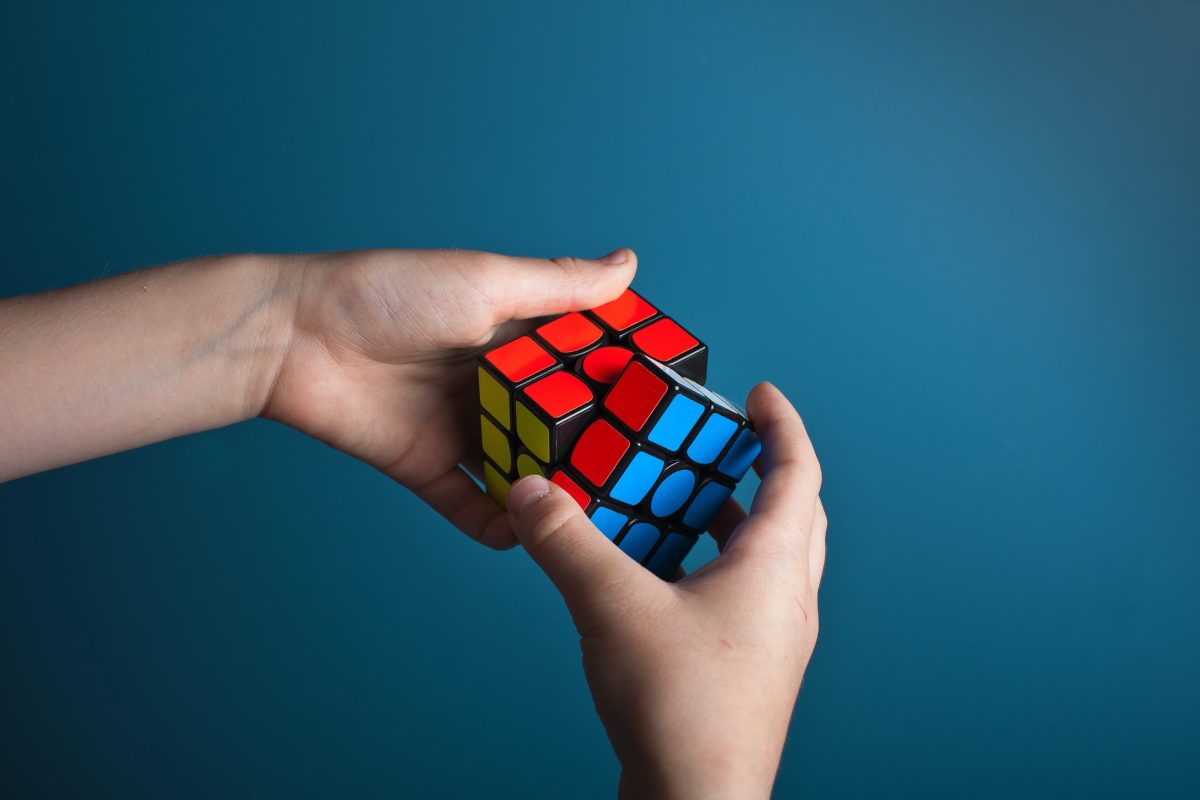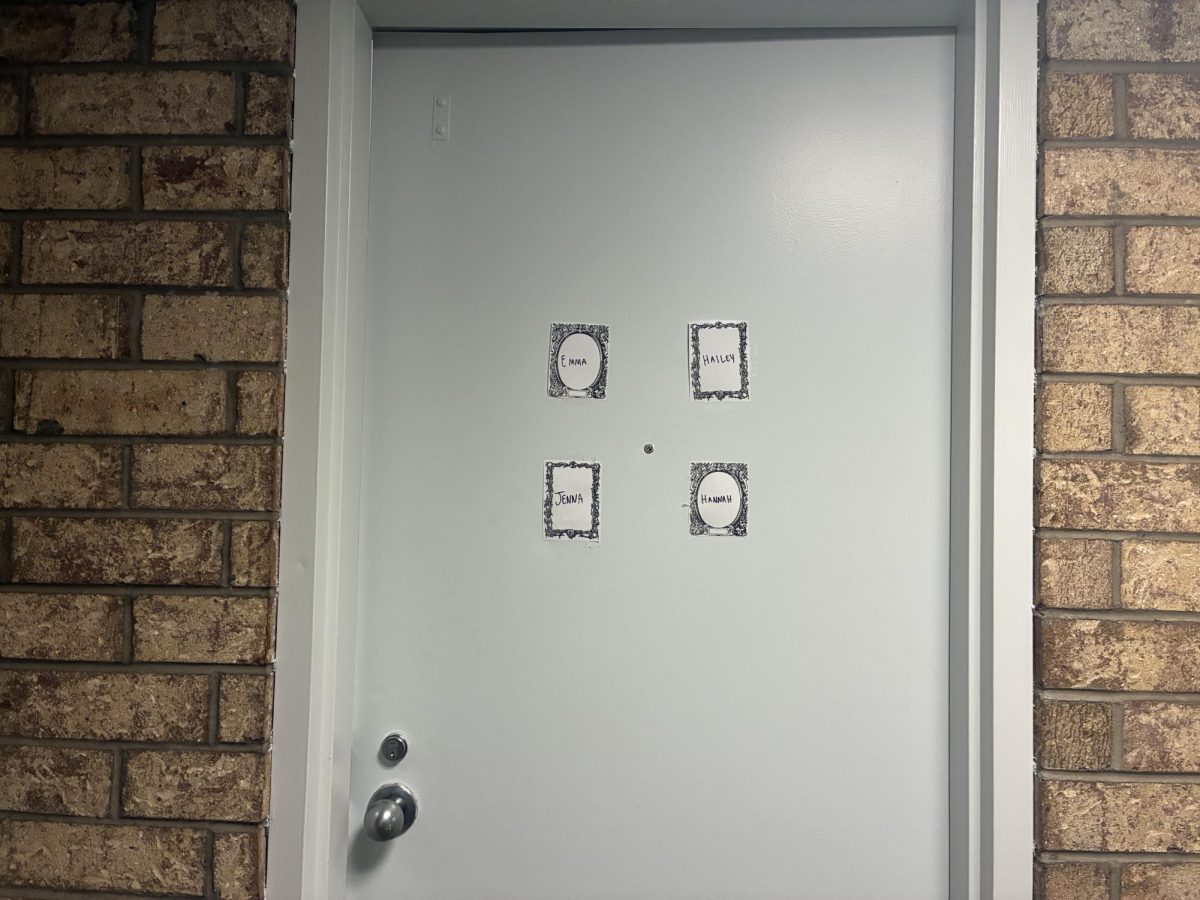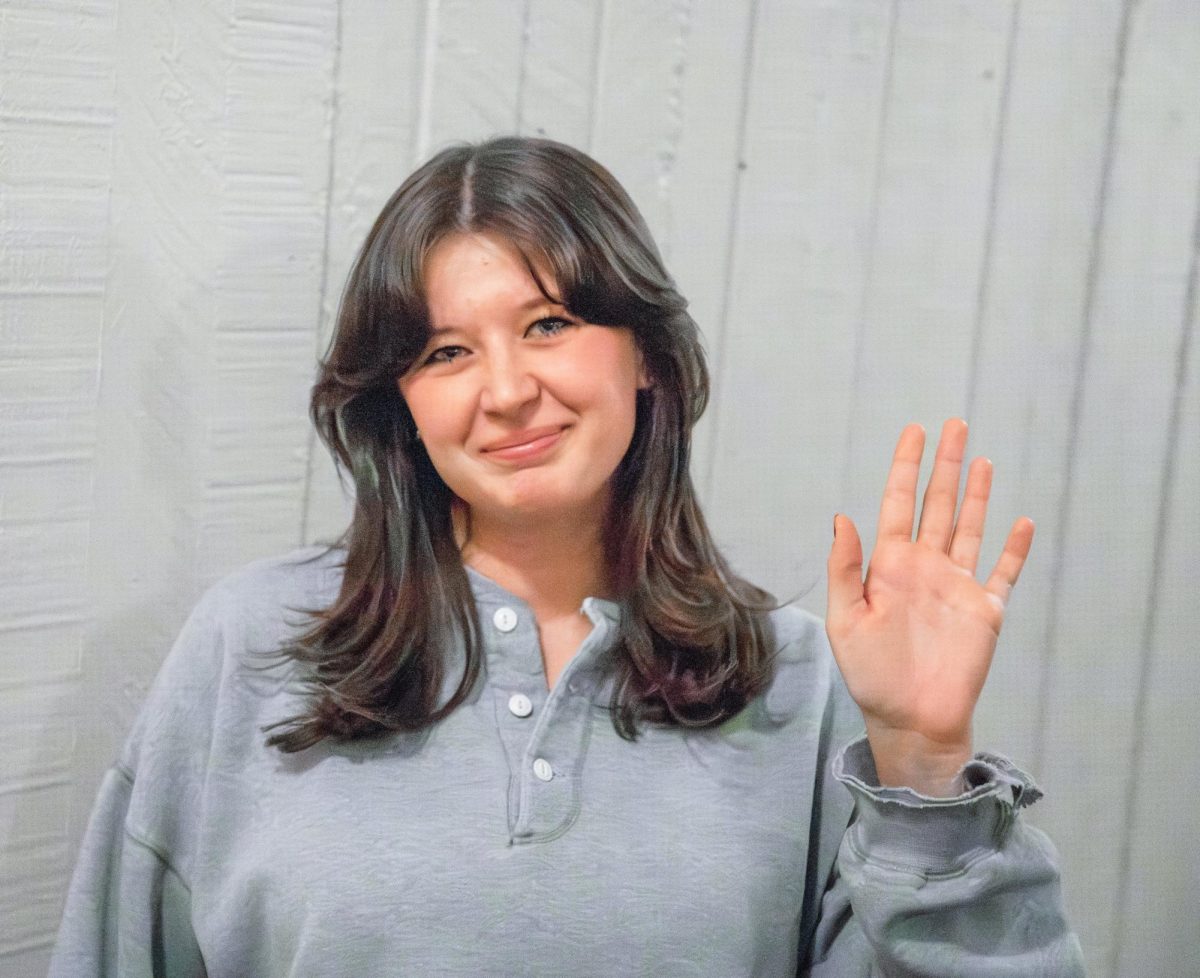Photo courtesy of Olav Ahrens Røtne/Unsplash
In an era where companies must constantly innovate to keep up with the ever-changing interests of the youngest generations, one toy continues to stand out as one of the most engaging and timeless pieces of entertainment: the Rubik’s Cube.
According to Rubiks.com, Hungarian professor Erno Rubik, the mind behind the creation of the cube, originally meant for the toy to help his architecture students understand objects in the three-dimensional plane.
Unexpectedly, what started out as a university teaching tool would eventually grow into one of the world’s most-sold toys, with over 450 million sold globally by 2020 (Forbes.com).
A traditional Rubik’s Cube consists of a six-sided cube, with each uniquely colored side divided into a 3×3 grid. To solve a Rubik’s cube, the user must first scramble the smaller squares, then reconfigure the smaller cubes so that each side has only one color on it.
It sounds simple, but solving a Rubik’s Cube is so technical that it has transformed into a sport of its own. Competitors from around the world race to see who can unscramble the cube the fastest. In fact, the Rubik’s website has an entire page dedicated to the sport, called speedcubing, which outlines where to find competitions and current world records. The quickest person to ever solve a 3×3 Rubik’s Cube was Chinese speedcuber Yusheng Du, who clocked in at a mere 3.47 seconds.
To the average person, the idea of solving the cube in that amount of time seems impossible. There are not many activities a human can complete in four seconds, let alone spin a small plastic cube with hundreds of possible color configurations until the colors match again.
Surprisingly, there are several steps you can take to make the Rubik’s Cube seem like an easy feat.
Step one: Start learning on a 2×2 cube. Although these cubes don’t look like the classic 3×3 cube, the 2×2 cubes allow you to skip learning some steps of the original cube and focus on learning the basics. There, you’ll get a better understanding on how the cube works and how to approach solving the cube mentally.
Step two: Once you’ve conquered the 2×2 cube, invest and buy a high-quality Rubik’s Cube, also known as a speed cube. Prices for these cubes vary, but cheap ones are about $10. Unlike the classic Rubik’s Cube, speed cubes allow the sides of the cube to turn without being perfectly aligned. This allows for the solver to focus more on the steps and not the mechanics of the cube itself.
Step three: Try a tutorial. Googling “Rubik’s Cube Cheat Sheet” will provide step-by-step ways to solve a cube in its entirety using algorithms. These provide efficient ways to move certain squares into certain places on the cubes; done in sequence, these algorithms will help you arrange the cube in the desired manner without messing up the hard work already completed.
Something to remember with algorithms is that some parts of the cube that have already been solved may look like they will get messed up during the algorithm.
Step four: Practice. It seems nerdy, but repetition will help ingrain the steps to solve the cube into second nature. Doing the same step repeatedly helps, even if you’re not doing it to solve the Rubik’s Cube at first.
Step five: Don’t be afraid of making mistakes. This is quite possibly the most important step in learning to solve a cube. Rather than becoming frustrated when the squares don’t end up where they’re supposed to, try to figure out where things went wrong. Take things one step at a time, and before you know it, one side will become solved, then another, until the whole cube is finished. Eventually, that 3.47 second solve time will seem within the realm of possibility.
If that challenge isn’t enough to satisfy your puzzle-solving itch, there are always more cubes to explore. Some other fan favorites that are quite easy to solve after learning the 3×3 cube include the triangle shaped cube, the 12-sided cube and the colorless mirror cube.
My personal best solving time for the original 3×3 cube is about 20 seconds, while my best time for a 12-sided Rubik’s Cube is approximately 3:33.







